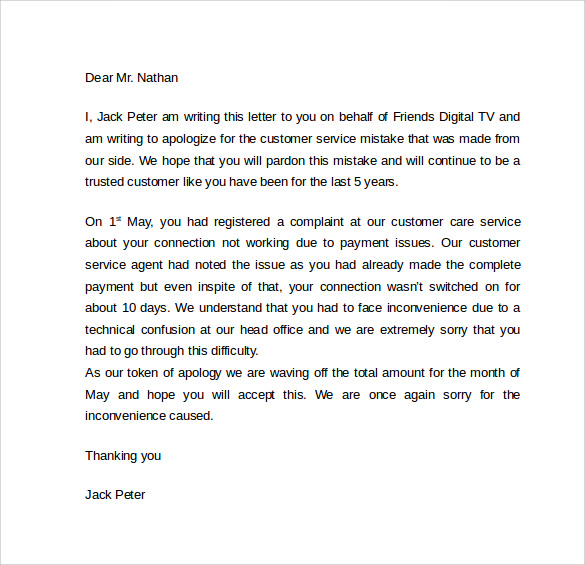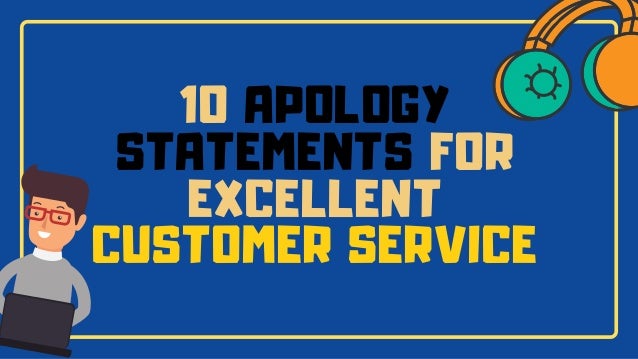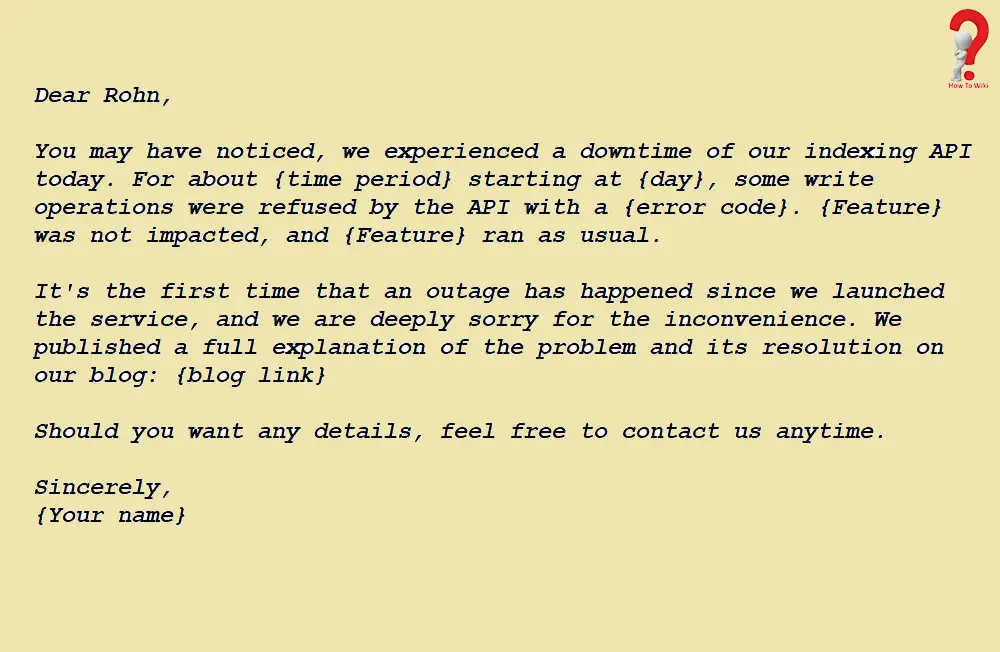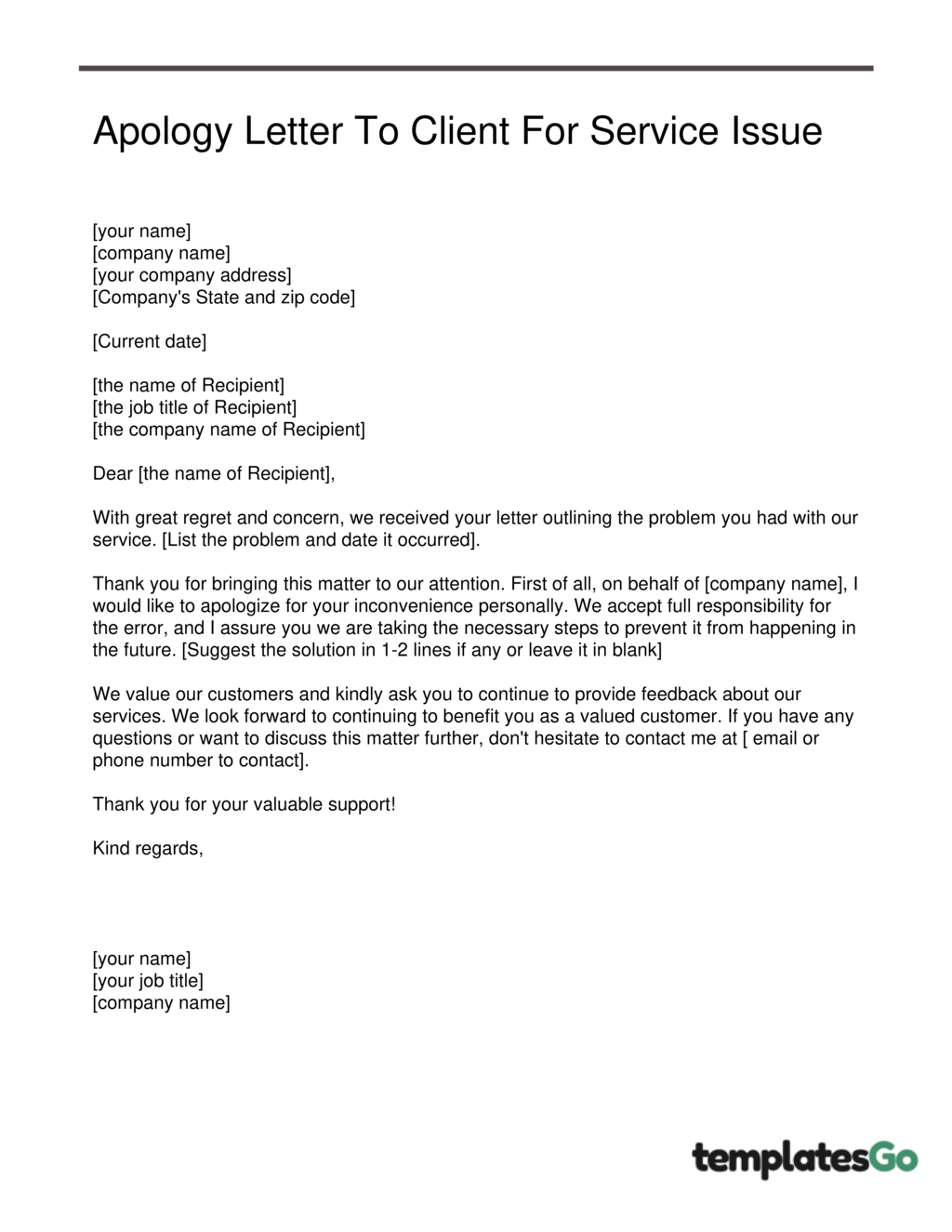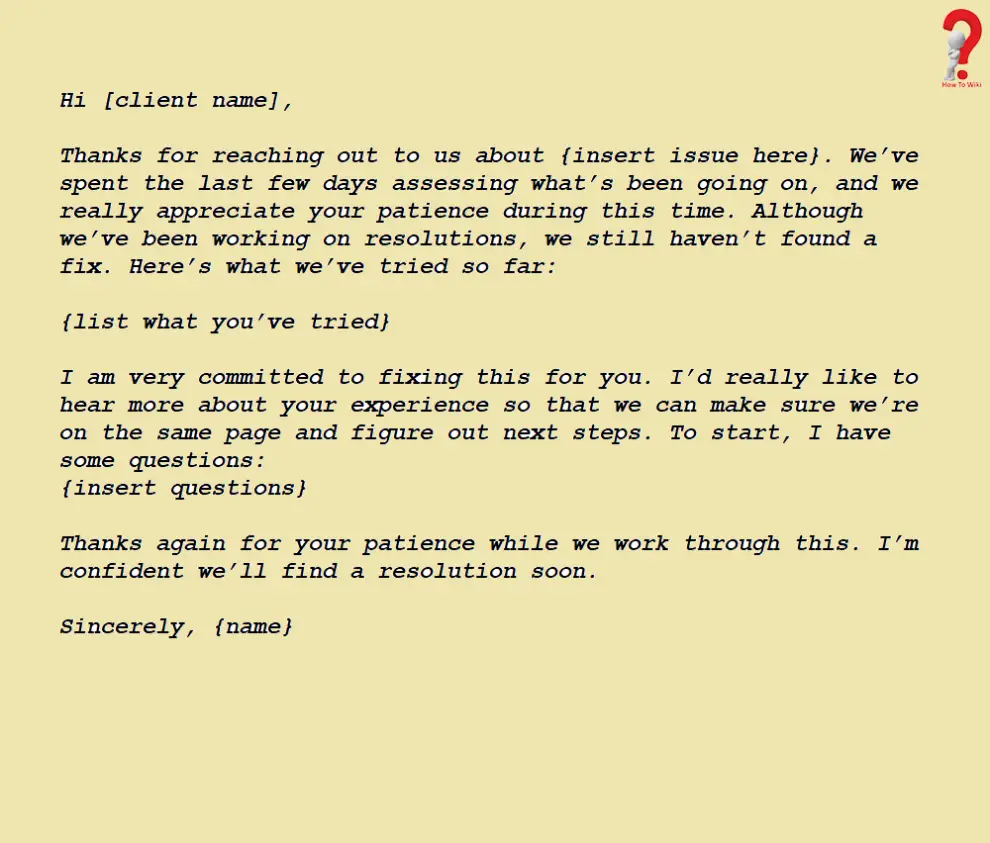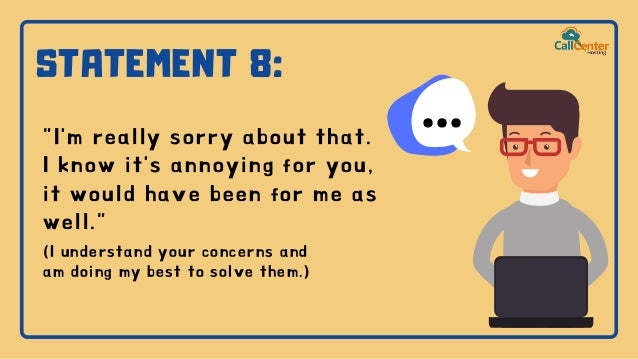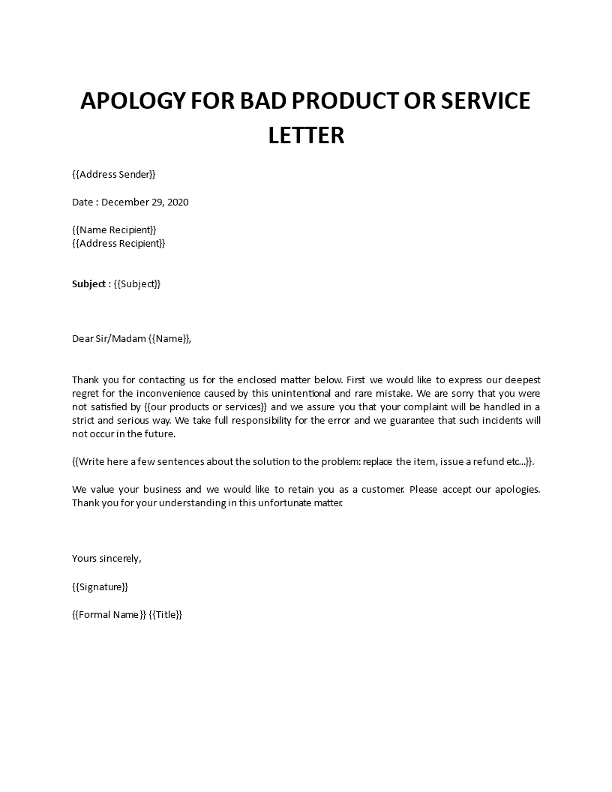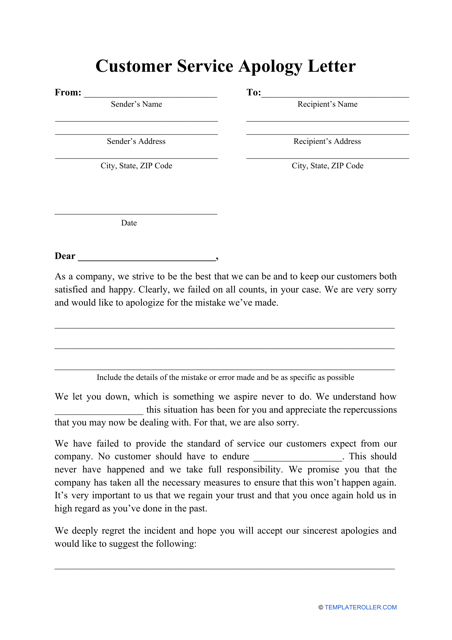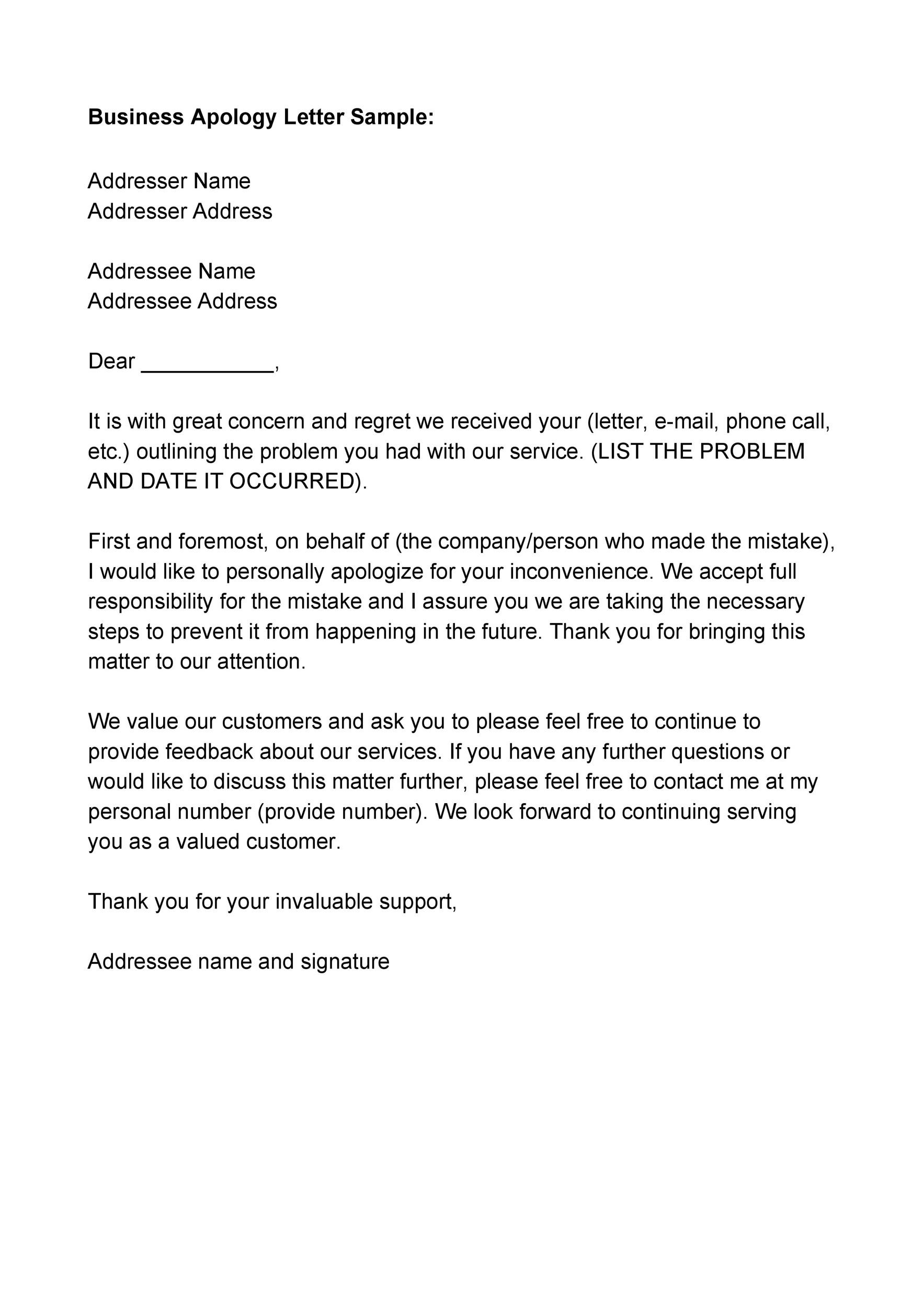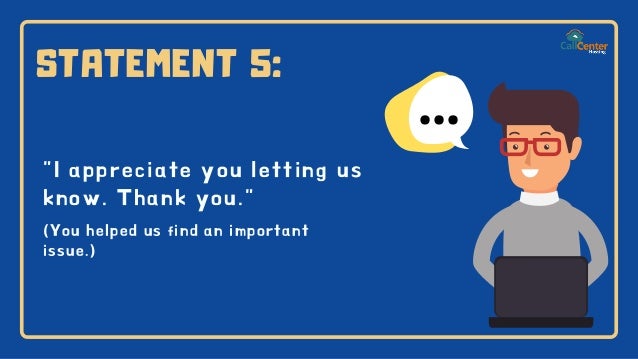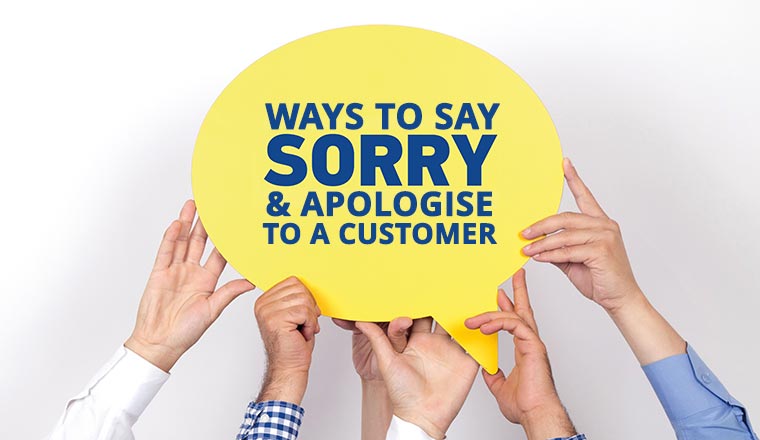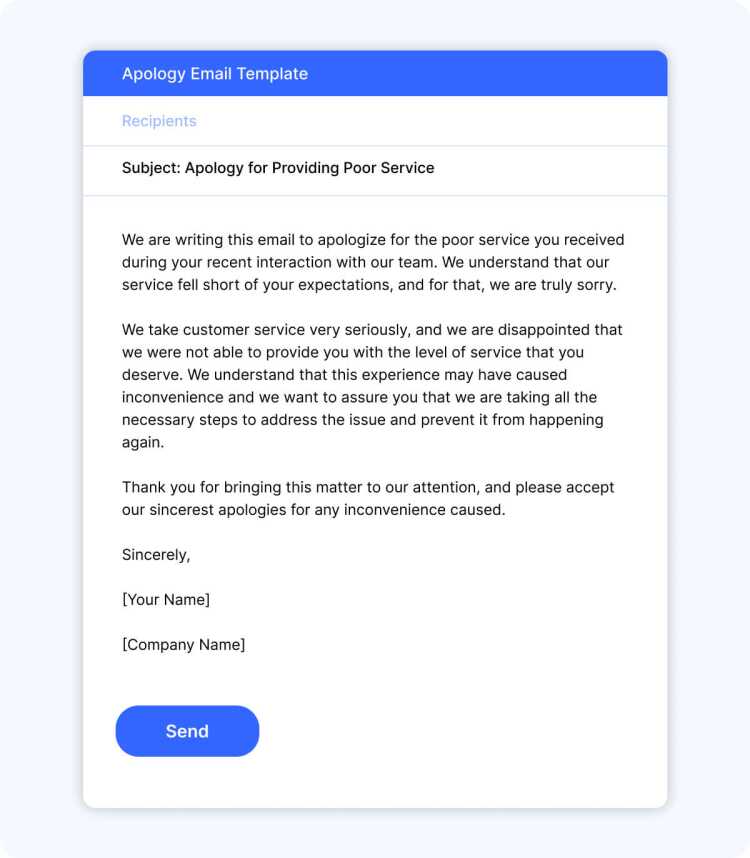Customer Service Apology Statements
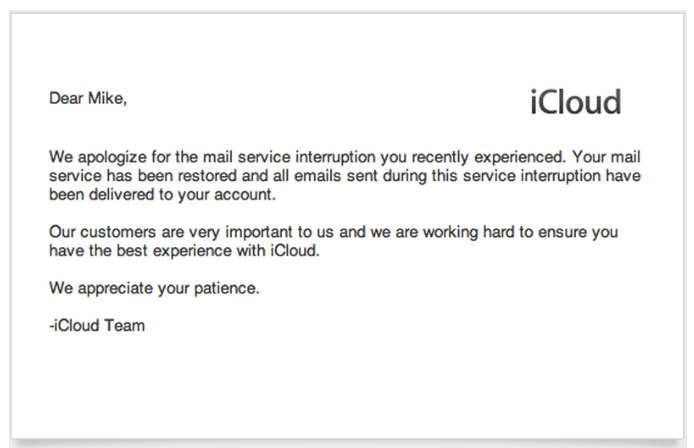
Major corporations are facing intense scrutiny after a series of lackluster apology statements regarding customer service failures sparked widespread outrage. Consumers are demanding more than just empty words; they want accountability and tangible solutions.
This article breaks down the recent surge in public dissatisfaction with corporate apologies, highlighting examples, analyzing the common pitfalls, and outlining what customers truly expect from businesses when service goes wrong.
The Apology Fails: A Pattern Emerges
Recent weeks have seen a cascade of companies issuing apologies that have fallen flat with customers. Tech giant, InnovaCorp, faced a firestorm after a massive data breach impacted millions. Their initial statement was criticized for being vague and prioritizing the company's image over customer concerns.
Similarly, Global Airlines' response to widespread flight cancellations due to a system outage was deemed insufficient. Stranded passengers reported receiving generic email apologies with no clear plan for rebooking or compensation.
Common Pitfalls of Corporate Apologies
Experts point to several recurring issues plaguing corporate apology statements. One major flaw is a lack of genuine empathy. Many statements focus on the company's perspective rather than acknowledging the customer's frustration and inconvenience.
Another common mistake is avoiding direct accountability. Phrases like "we regret any inconvenience caused" are seen as deflecting responsibility. Furthermore, failing to outline concrete steps to prevent future occurrences undermines the sincerity of the apology.
According to a 2023 study by the Public Relations Society of America (PRSA), 78% of consumers believe corporate apologies are often insincere. The study emphasizes the importance of taking ownership of mistakes, offering tangible solutions, and demonstrating a commitment to improvement.
What Customers Really Want
Consumers are no longer satisfied with superficial apologies. They seek genuine remorse, clear explanations, and proactive solutions. A well-crafted apology should include a direct acknowledgment of the mistake and its impact on customers.
It should also outline specific steps the company is taking to rectify the situation and prevent similar incidents in the future. Transparency and honesty are crucial to rebuilding trust. Data from Harvard Business Review suggests that companies which handle apologies well see a significant rebound in customer loyalty.
Examples of Effective Apologies
While many companies have stumbled, some have managed to deliver effective apologies. In response to a product defect, outdoor retailer, Adventure Gear, not only issued a heartfelt apology but also offered a full refund and a replacement product. Their swift action and generous compensation were widely praised.
Another successful example comes from online retailer, E-Shopper, who personalized their apology emails to customers affected by a shipping delay. The emails included a specific tracking update and a small discount on their next purchase.
These examples highlight the importance of going beyond generic statements. Tailoring apologies to the specific situation and demonstrating a genuine commitment to customer satisfaction can make a significant difference.
The Path Forward
The recent backlash against inadequate apology statements serves as a wake-up call for corporations. Businesses must prioritize empathy, accountability, and transparency in their communication with customers.
The Better Business Bureau (BBB) is now offering resources and guidelines to help companies craft more effective apology statements. Moving forward, businesses will be judged not only on their products and services but also on how they handle mistakes and treat their customers.
Several consumer advocacy groups are calling for increased regulation and oversight of corporate responses to customer service failures. The demand for genuine accountability is only expected to grow, pushing companies to prioritize customer satisfaction over damage control.

